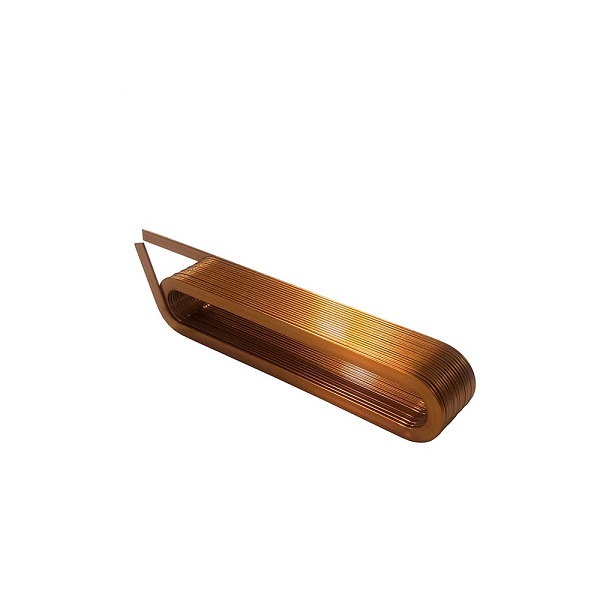The self-inductance coefficient of a hollow coil is a physical quantity that measures the coil's ability to generate its own magnetic field, which determines the magnitude of the induced electromotive force generated by a change in current in the coil. The magnitude of the self-inductance coefficient (L) is related to several factors:
Geometrical parameters of the coil:
Number of turns N: The more turns the coil has, the greater the self-inductance coefficient. This is because more turns means a stronger magnetic field and a greater change in magnetic flux, resulting in a greater self-inductance electromotive force.
Coil diameter D and length l: The dimensions of a coil affect the distribution of the magnetic field inside it. Typically, the ratio of the diameter to the length of the coil (D/l) affects the self-inductance coefficient, with larger ratios implying tighter magnetic field lines and thus increased self-inductance coefficients.
Translated with DeepL.com (free version)

Shape of the coil:
The shape of the coil, such as whether it is helical, planar helical, or toroidal, affects the distribution of the magnetic field, and thus the self-induction coefficient. For example, a toroidal coil (i.e., a single-turn coil) has a lower self-inductance coefficient than a multi-turn helical coil.
The filling medium of the coil:
The self-inductance coefficient of a hollow coil is related to whether or not the inside of the coil is filled with a magnetic material. In a hollow coil, the self-inductance coefficient is relatively small because the internal medium is air, whose relative permeability is close to one. If a high permeability material such as an iron core is inserted in the coil, the self-inductance coefficient will be significantly max.
The way the coil is wound:
The tightness of the coil, i.e. the distance between the wires in the coil, also affects the self-inductance coefficient. The smaller the spacing between the wires, the more concentrated the magnetic field lines are, and the self-inductance coefficient increases accordingly.
The formula for calculating the self-inductance coefficient can be expressed as L = μ * N^2 * A / l, where μ is the permeability of the medium, A is the cross-sectional area of the coil, N is the total number of turns in the coil, and l is the length of the coil. For hollow coils, μ is taken as the permeability of air, which is approximately the vacuum permeability μ₀.
It is important to note that the self-inductance coefficient is a static parameter that is related only to the physical properties of the coil and not to the current passing through the coil. In practice, the self-inductance coefficient is very important for the design and analysis of circuits, especially in AC circuits where the self-inductive electromotive force can have a significant effect on the current and voltage of the circuit.
Translated with DeepL.com (free version)
Dongguan Fengxie Electronics Co., Ltd 2025 © All rights reserved. ICP:粤ICP备2023034420号